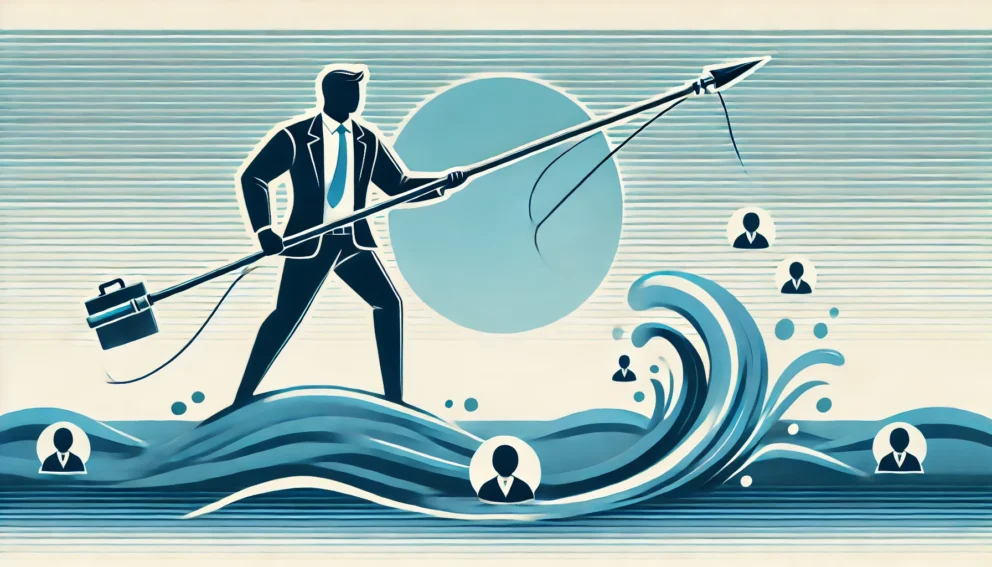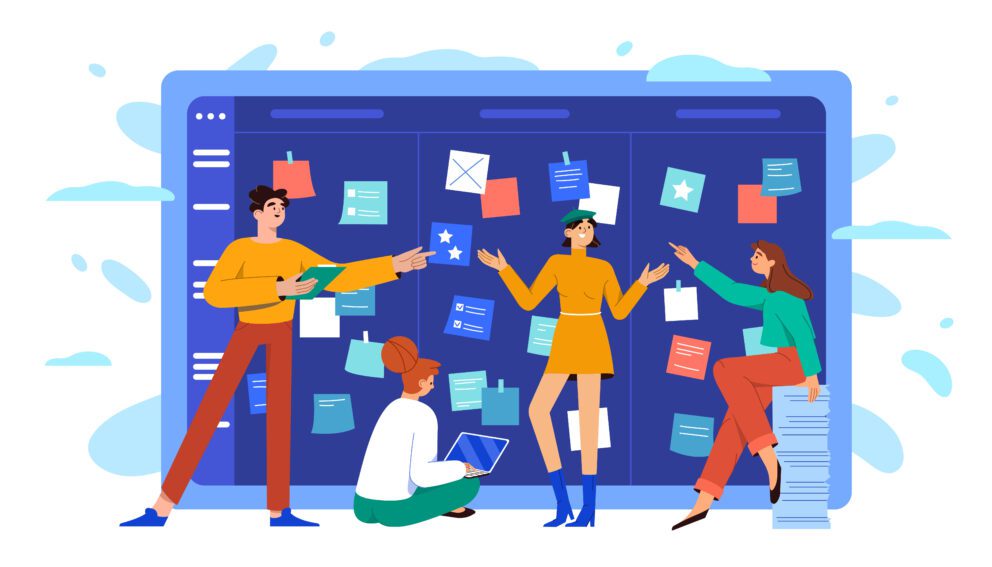Rethinking Account Development: A Customer-Led Growth Model for B2B

Summary
In this post, we introduce a modern Account Development Model built for the era of customer-led growth (CLG). Inspired by innovation diffusion theory, the model outlines 11 stages that reflect how B2B organizations actually discover, adopt, and scale new solutions—from initial awareness to strategic partnership and advocacy. Designed to align sales, marketing, customer success, and product, this framework helps go-to-market teams support customers across every phase of the internal adoption journey—driving deeper engagement, long-term growth, and sustainable revenue.
By Win Dean-Salyards, Senior Marketing Consultant at Heinz Marketing
With B2B growth increasingly powered by customers—not just marketing and sales—traditional funnel models are falling short. Linear approaches miss the nuance of how companies actually adopt and scale solutions internally.
To address the issue, I’ve built an Account Development Model rooted in the principles of product-led (PLG) and customer-led growth (CLG) and inspired, in part, by the theory of innovation diffusion. This model reflects the real internal journey accounts take—from first signal to full strategic partnership—by aligning sales, marketing, customer success, and product around how buyers adopt innovation over time. The model can apply to a single buyer journey or a longer, customer-led land-and-expand journey. And that is where it truly shines.
Here’s a breakdown of the model and how each stage supports long-term, sustainable B2B growth.
1. Awareness and Identification
This is where the seeds of CLG are planted. A buying team becomes aware of a problem—or recognizes a broader trend—that requires change. Your role here is to ensure your solution is visible in the proper context, but more importantly, that your message resonates with the earliest signals of need. One member of your target audience may even be trialing the free version of your product (if applicable) on their own.
At this point, the goal isn’t to push or sell—it’s about being discoverable when buyers are quietly conducting their research.
2. Interest and Exploration
Once awareness is established, a subset of individuals begin to explore their options. These are often change agents or internal champions seeking solutions. They’re not building a business case yet—they’re gathering inspiration.
Your strategy here is to educate, enable, and empathize. Help them understand what’s possible, not just what your product does.
3. Evaluation and Analysis
This is where buying teams widen. The focus turns to feasibility, internal alignment, and organizational fit. Procurement, IT, finance, and leadership get involved.
Instead of selling harder, your job is to make evaluation easier: clear case studies, comparison tools, frameworks for internal alignment, and collaborative decision-making.
4. Trial and Pilot
For CLG to succeed, early adopters within the organization must experience value firsthand. This isn’t just about running a pilot—it’s about designing a pilot that leads to a “wow” moment for the right people.
Help buyers test your solution in the context of their unique workflows. This is where product and customer success become critical partners.
5. Initial Adoption and Strategic Buy-In
Once the pilot succeeds, a few strategic leaders begin to take a more active role. They see potential, but haven’t scaled it across the organization yet.
CLG’s success depends on these early internal advocates. Help them shine by enabling them to share outcomes internally and align with others.
6. Integration and Optimization
Adoption expands beyond the pilot group. Integration into systems, processes, and teams begins. Optimization becomes key—this is where you move from proving value to improving outcomes.
The goal here is to reduce friction and increase stickiness. Don’t just support users—support internal change management.
7. Full Adoption and Internal Advocacy
The product is now embedded across teams. Champions emerge organically. Users help other users. Internal Slack channels pop up. You’ve gone from vendor to partner.
CLG occurs when your customers begin driving internal growth, without you in the room.
8. Achieving Critical Mass
At this stage, usage is widespread. More importantly, your solution is seen as essential infrastructure. It’s easier for new stakeholders to adopt than to opt-out.
This is your tipping point. Your job? Don’t take your foot off the gas—double down on customer education, enablement, and success metrics.
9. Strategic Partnership
Now, you’re not just solving a problem—you’re shaping strategy. You’re co-developing roadmaps. You’re seen as a long-term enabler of competitive advantage.
This is the north star of CLG: when your success and the customer’s success are so interdependent, growth becomes mutual.
10. Long-Term Partnership and Account Growth
Here, you begin to expand use cases, business units, and geographies. You’re not reselling—you’re co-building the future.
What is your best growth lever at this point? Listening deeply, iterating collaboratively, and guiding the customer to the next step.
11. Advocacy and Referrals
Finally, customers become evangelists. They speak at conferences. They join your advisory council. They refer peers.
This is where CLG becomes exponential. Your best salespeople don’t work for you—they work for your customers.
Final Thoughts: The Power of Mapping Growth to Adoption
What makes this model different is that it doesn’t treat the “deal close” as the finish line. It doesn’t assume internal adoption is linear or even guaranteed. It respects how real buying teams behave inside complex organizations—and it gives sales, marketing, CS, and product a shared language for growing accounts over time.
In a customer-led world, the organizations that win aren’t the ones shouting the loudest—they’re the ones listening the closest.
Let your customers lead the way. You need to meet them at each stage of the journey.
If you want to chat about CLG or anything in this post, please reach out: acceleration@heinzmarketing.com






